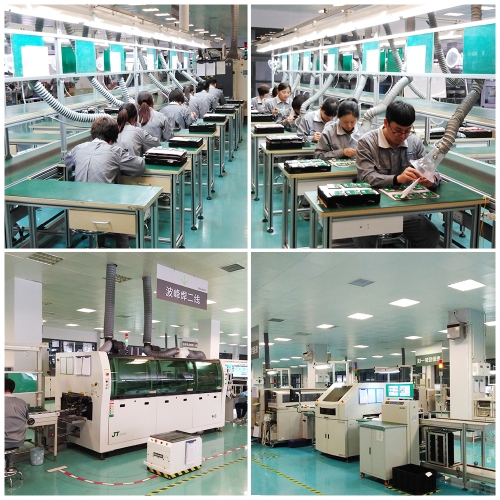CPT Cathodic Protection Trainer Didactic Equipment
Cathodic protection is a technique used to control the corrosion of a metal surface by making it work as a cathode, coupling it with a less noble metal (sacrificial anode) or with a cathodic power supply.
Cathodic protection techniques are commonly used to protect steel pipelines, structures and storage tanks, ships, oil platforms and structural elements of oil wells.
This trainer enables the study of the cathodic protection with sacrificial anode or impressed current (at constant potential and at constant current).
The experiments can be carried out at different temperature and oxygen concentration, using different kinds of reference electrodes and sacrificial anodes as well as various metal samples with or without surface treatment.
The trainer can be connected to a PC (not supplied) running Windows and a dedicated software for the experiments data acquisition and storage.
Training program
This unit enables an in-depth analysis of the following topics:
• How to use a digital multimeter
• Measurement of the difference of potential of a sample into electrolyte
• Reference electrode
• Galvanic cell
• First and second species conductors
• Cathodic Protection criteria
• Sacrificial anodes in Zn, Mg and Al
• Cathodic Protection impressed current systems
• Consumable impressed current anode (Fe)

• Inert impressed anode ( Ti/Pt and MMO)
• Resistance concept, circuit for the first and second species conductors
• Introduction to the specific resistance concept over three different first species conductors (Fe; Cu; Fe – Ni )
• Introduction to the concept of interference due to the presence of external electric fields on buried or submerged structures (Stray Currents)
• Air presence influence on resistivity (insufflate air effect)
• Current density introduction and Tafel Curves construction
• Temperature effect over the Current density (thermostatic cell)
• Air presence influence over the Current density (insufflate air effect)
• Coating and current density
TECHNICAL SPECIFICATIONS:
• Wheeled bench including:
- Console with measuring instrument and mains connection (Vac)
- Waterproof top surface
- Locked cabinet
• The console includes:
- 4 digital voltmeters
- 2 digital ammeters
- 2 DC power supplies, potential or constant current mode, base current adjustment
- Thermostat with Pt100 temperature sensor
- Air compressor with sprayer
- PC interface for data acquisition and storage
• The cabinet can be used to store the following items:
- Safety glasses and glows
- Handheld digital multimeter
- Cu/CuSO4 reference electrode
- Ag/AgCl reference electrode
- Zn reference electrode
- 6 copper electrodes
- 2 carbon steel electrodes
- Basin for the electrolytic test bath
- Basin for the electrolytic test bath with electrical resistance
- 7 zinc anodes
- 5 magnesium anodes
- 2 aluminum anodes
- 2 Ti/Pt anodes
- 2 Ti/MMO anodes
- Copper wire, 6 meters
- Iron wire, 12 meters
- Galvanized iron wire, 10 meters
- Resistivity cell
- PVC brick for the study of resistance
• Fully epoxy resin-coated Carbon steel electrode, Ø 15 x 200 mm
• 6 carbon steel electrodes, 15 x 200 x 2 mm
• 2 fully epoxy resin-coated Carbon steel electrodes, 15 x 200 x 2 mm
• 2 partially epoxy resin-coated Carbon steel electrodes, 15 x 200 x 2 mm
• Various reagent with plastic containers and safety data sheet
• Set of spare fuse
• Set of connecting leads
• 2 beakers, capacity 600 ml each
• Salt bridge
Power supply: 230 Vac 50 Hz single-phase - 2 kVA (Other voltage and frequency on request)
Dimensions: 1280 x 800 x 1350 mm
Weight: 170 kg
Supply with
THEORETICAL – EXPERIMENTAL HANDBOOK
